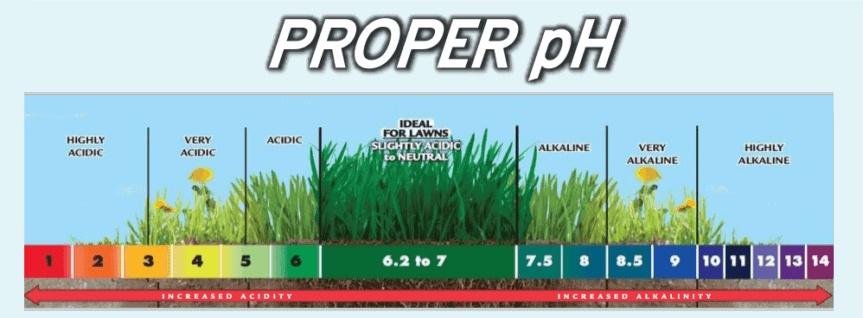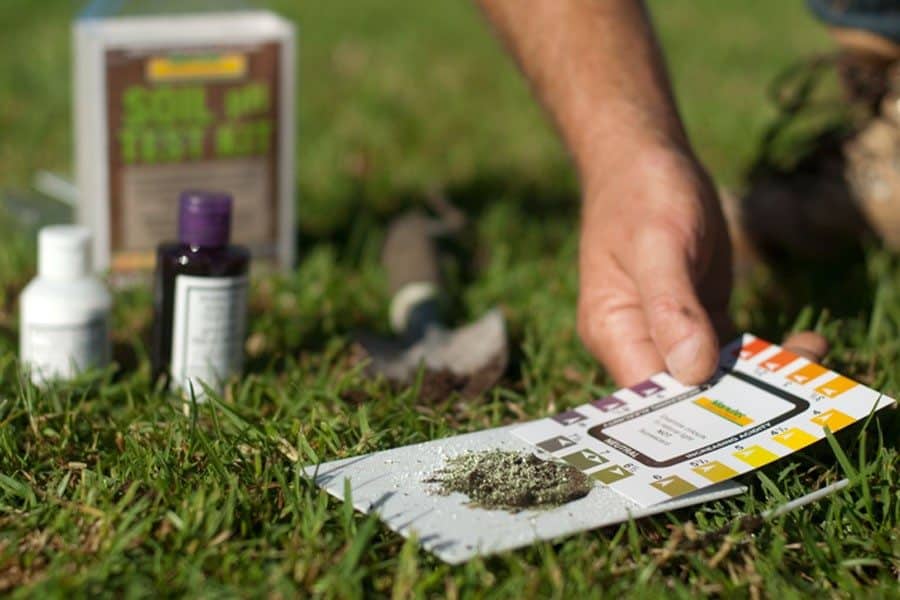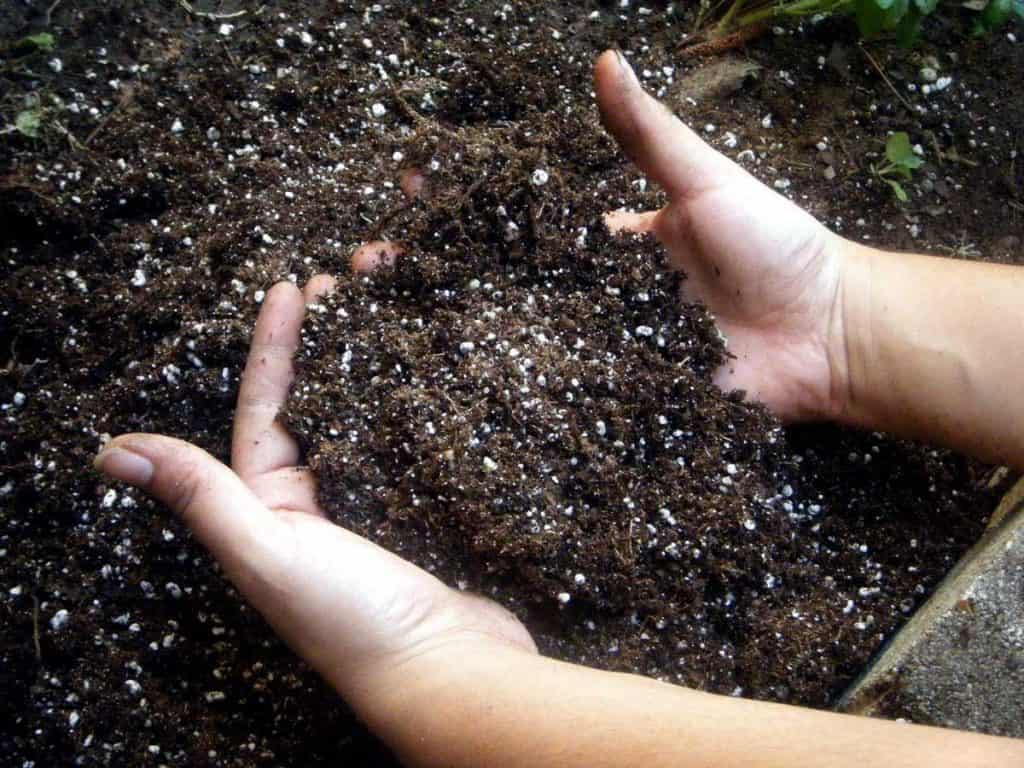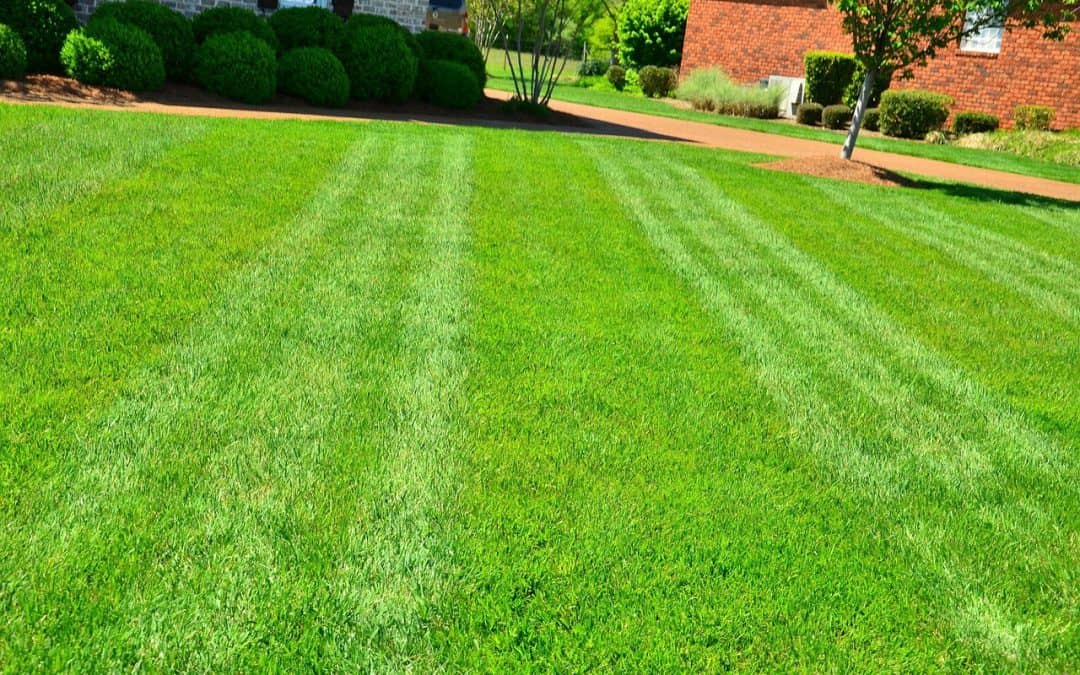Adjusting Soil pH to Proper Levels for Lawn Grass

Source: jonathangreen.com
Soil pH is known as a significant chemical property since it particularly affects soil microorganisms’ activity as well as nutrients’ availability. It is used to measure the level of alkalinity or acidity in soil. Besides, it shows the level of nutrients that grass can take in from the soil.
The soils which are balanced between alkalinity and acidity are the best place for plants to flourish, including lawn grass. The indicator shows which kind the soil is.
If it is below 7, the soil is acidic (sour). If it is above 7, the soil is alkaline (sweet). Soil pH from 6 to 7.2 is perfect for turf grasses. The fact is that very alkaline or very acidic soils will restrict nutrient uptake. These soils should be moderated for nourishing grass.
Test soil pH

Source: lawnsolutionsaustralia.com.au
First of all, take some soil samples in your garden or lawn. ProPlugger 5-In-1 Lawn & Garden Planting Tool is a great tool to take soil samples. With its help, your work will be much simpler and quicker since you do not have to bend over. Samples in the depth of 2″ to 6″ can be pulled easily. It even can pull a dozen soil samples before needing emptying.
After pulling the samples, use a pH test kit. You can find this kit at garden and lawn retailers in local area or online.
Another way is to get a professional soil test kit or you can work with the agriculture extension service at your place. By this way, it costs you more money, but you know not only your soil pH but also numerous organic contents as well as trace and major minerals.
It is vital that you understand your soil well, beginning with the pH level. This is the first step you take, so the more you understand your soil especially its demands, the farther you go on the way to an abundant, healthy lawn and a radiant garden.
In case that your soil’s checking result shows that it is much acidic, add lime to raise the alkalinity to the aiming pH.
Another case is that the result shows that it is much alkaline, add sulfur to raise the acidity to the aiming pH.
How to Raise soil pH

Source: growweedeasy.com
Using Lime
Of all substances which are used to increase the soil pH, limestone is the most widespread. There are two main types of limestone: calcitic limestone (mostly containing calcium carbonate) and dolomitic limestone (also containing magnesium). Both of them, like each other work well to raise the soil pH.
Liming products exist in hydrated, pulverized, granular and pelletized forms. Pulverized lime exists in powder form that acts fast but has a tendency to clog spreaders. Granular and pelletized lime need longer time to break down and spread more simple.
The hydrated form of limestone acts unimaginably quick. However, it overdoses extremely easily. In the condition that these limestone products are fixed on the ground, they work by far better than being left on the surface. As a result, fall watering and core aeration are frequently parried with adding lime to your lawns.
Wood ash increases soil pH naturally
If you don’t want to apply lime to your soil, use wood ash instead which is a very organic way. Sprinkle approximately 1/2″ of wood ash on your soil then mix the wood ash with the soil roughly a foot in depth. Although this method requires small applications in few years, it is extremely effective and amazing to recycle hearth ashes at the same time.

Decreasing soil pH
It is by far more expensive and difficult to decrease (acidify) the pH of your soil than increase (alkali) the pH of your soil. This is because of the sulfur which is used to acidify unlike nutrient sulfur in plants.
The elemental sulfur is appropriate for plants desiring to grow in more acidic pH soil. Sulfur- the yellow powder- is occasionally mentioned to be ‘flowers of sulfur.’ Moreover, not until does soil bacteria oxide sulfur into sulfate that sulfur is available in nature.
Do not mistake elemental sulfur and the sulfur in sulfate like ammonium sulfate.
Besides, fertilizers have the function of acidifying the soil. Ammonium sulfate [(NH4)2SO4], which is a familiar fertilizer containing nitrogen that lowers the soil pH, provides sulfur. Ammonium helps to acidify the soil, but it takes longer time than naturally elemental sulfur.
Additional Tips
Read label: Irrespective of the products your purchase, whether they are applicators or spreaders, it is advised that you read instructions carefully and follow them. For instance, the sulfur of one branch may affect the soil better than another and certainly, over adding may does harm to your plants. The results of testing your soil generally guide you how to make a modification to the soil best. In addition, each product has its own properties, so read the label before using it to get the best effects.
Fall application: Fall is the best season to apply the pH-correcting modification. The reason is that until spring, these sustains will break down and finish the process of acidifying the soil. Gardeners make PH level fixing and soil testing each autumn.
Proceed slowly: Apply the product, let it there no less than three months, retest the soil pH then make one more application if needed. This process may need the time of a year or even more to finish completely. Remember that when overdosing, the disadvantages overweight the advantages.
The quantity of crushed limestone required to get the target pH amendment is different, depending on the type of your soil. Consult with your extension service to know how much limestone you need to apply to the soil so you can get ready for growing healthy and fertile lawns.
At the place where it is possible, carry the soil adjustment out into the soil’s top layer with the help of a lawn aerator. These tips will help a lot in speeding up the change of your soil pH.
Author Bio:
Leslie J. Shearer is the founder and owner of the blog colorgardening.com. Gardening is her passion and she has a deep relationship with nature. Growing plants and digging deep to germinate flowers and vegetables brings positivity in her life.



